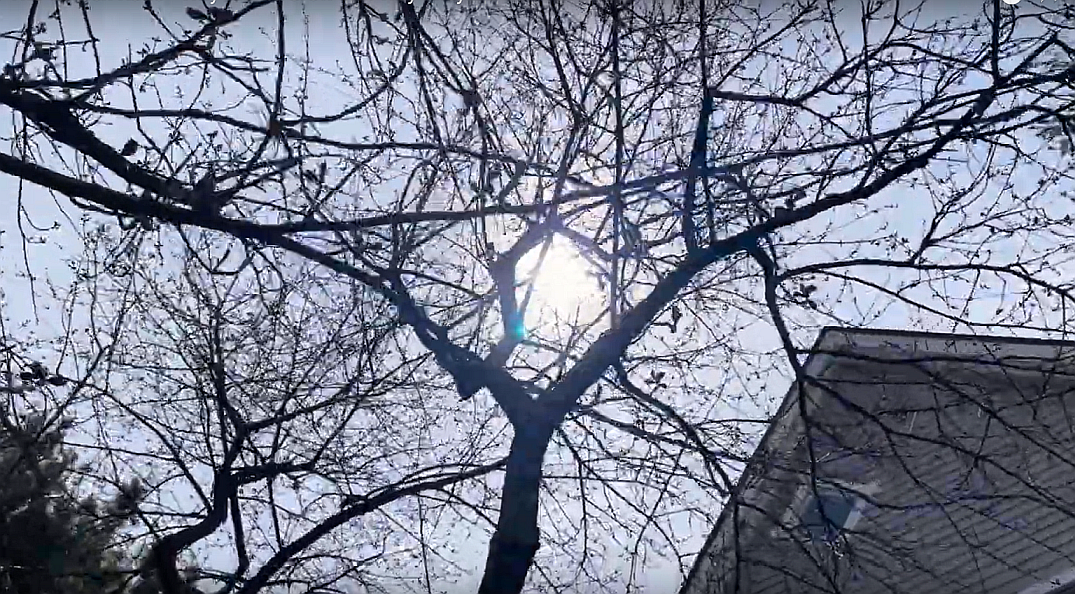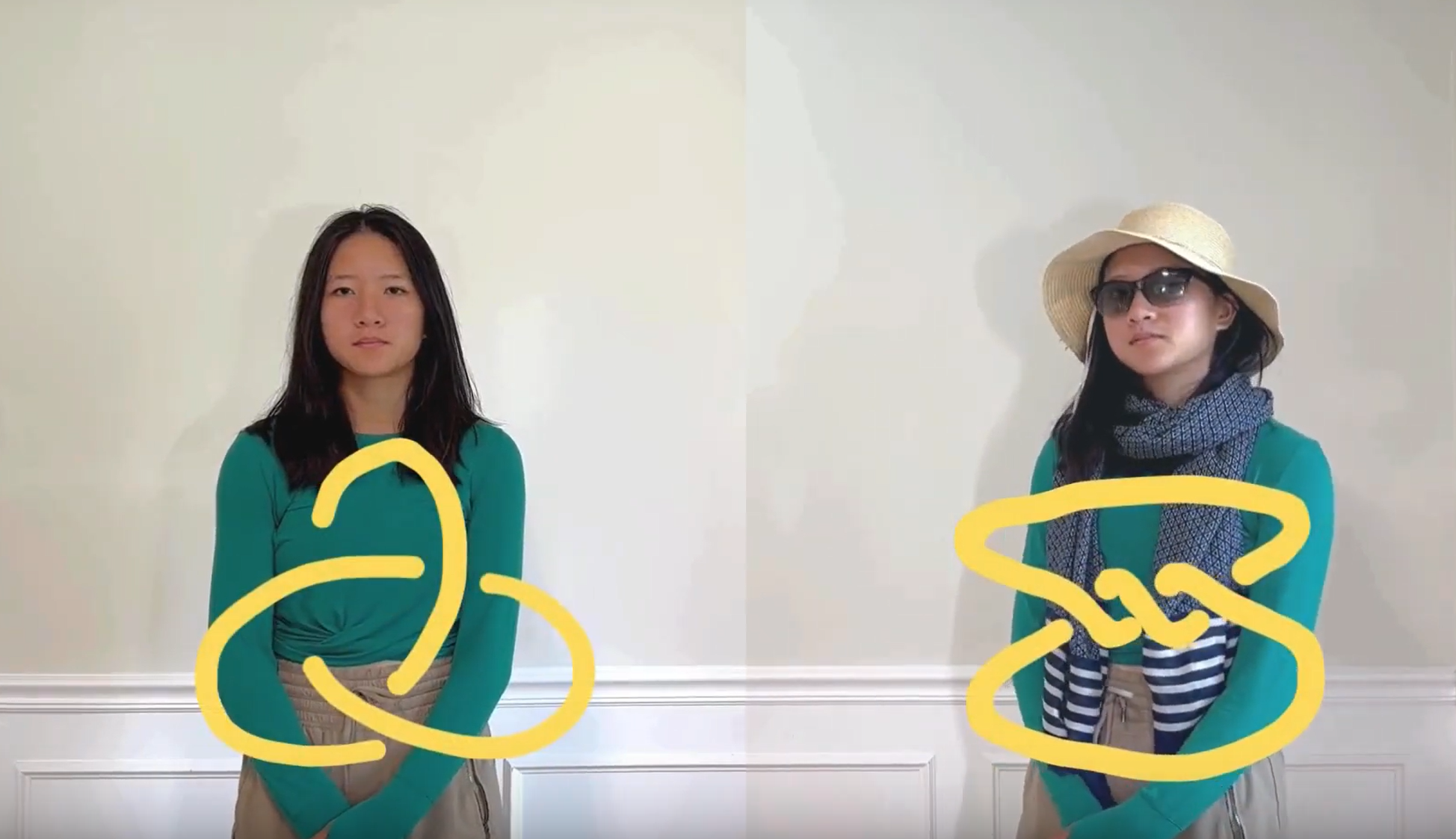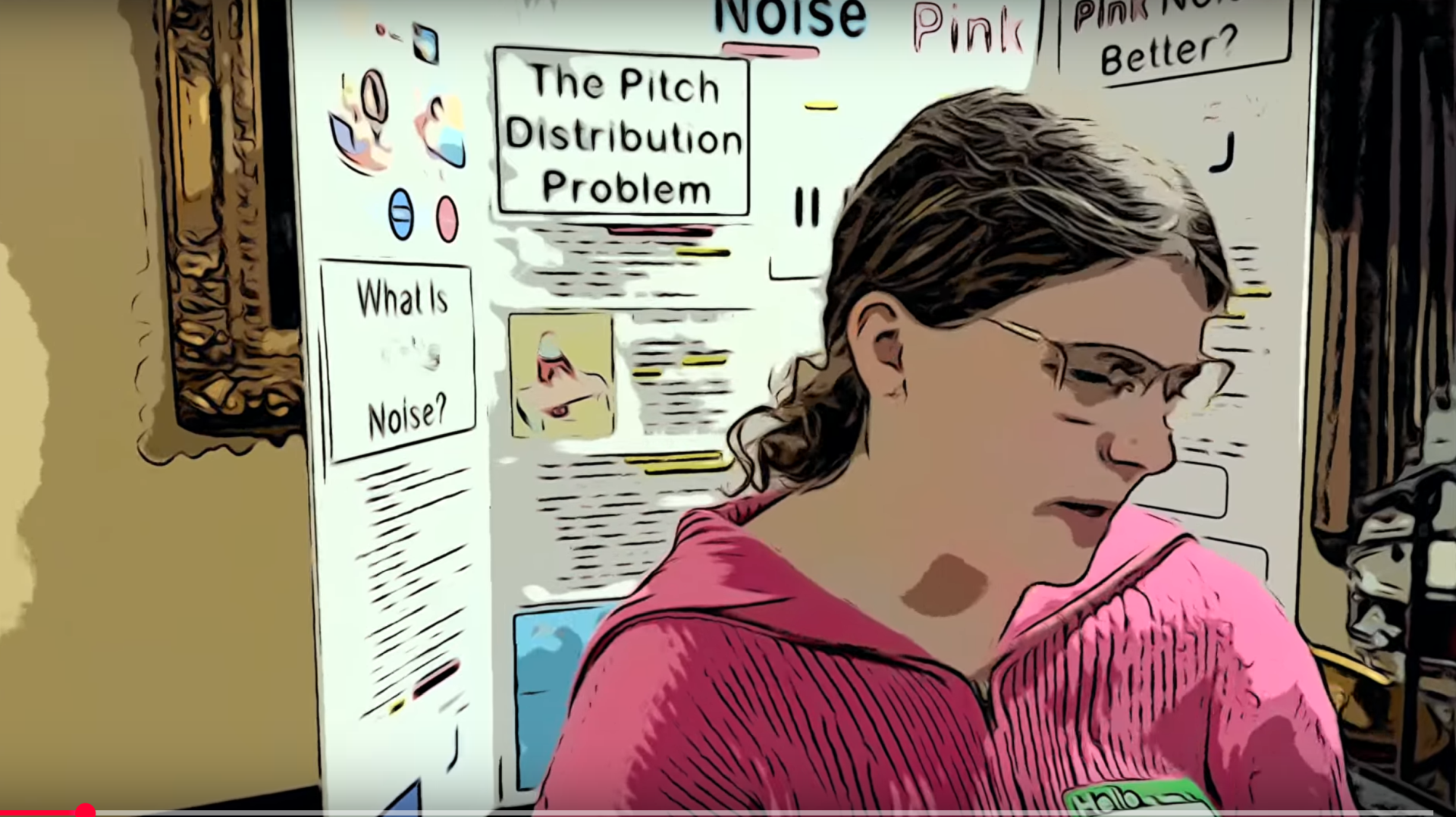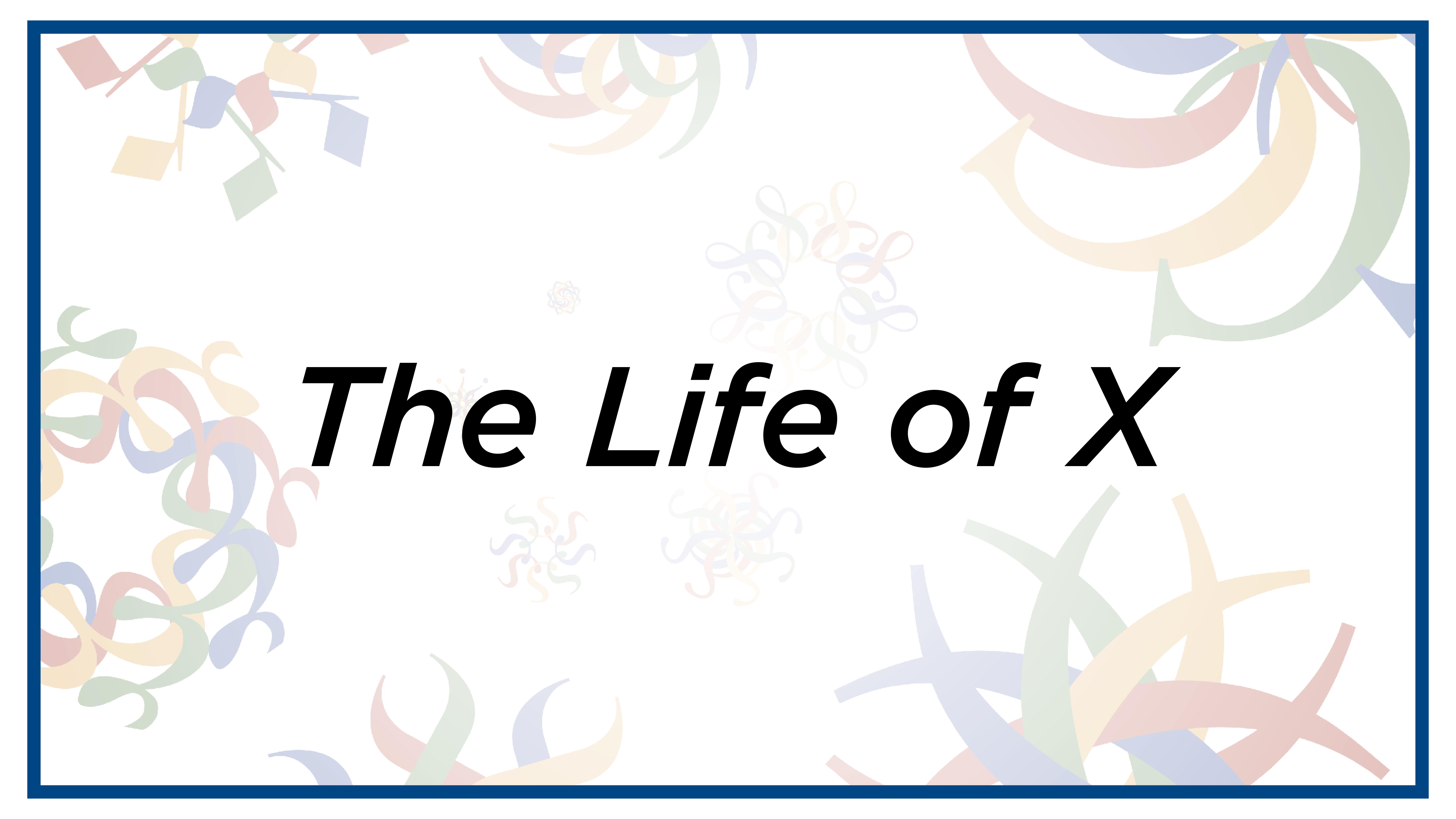Math Monday: Things from Rings
by Glen Whitney
[sharethis]
The Math Mondays Experimental Making Labs recently received numerous binder rings in its Incoming Raw Materials box. You know — the little circles that clip closed, used to hold a sheaf of hole-punched paper together. According to the donor: “Here’s an office supply item that you’ve never used on Math Mondays. See if you can do anything with this!” Never one to shirk a challenge, Math Mondays explores the possibilities today.
 Most conglomerates of linked binder rings fall into a loose, formless heap. However, the Math Mondays experimenters were able to find a few rigid, self-supporting structures. All of the ones discovered so far are based on cycles of rings: one ring linked to the next like a chain, with the last one linked back to the first, and with all of the linkings oriented the same way. For example, to build these structures, you can make sure that each ring always goes over and then under the ring immediately to its right, as you proceed clockwise from the top of the ring. If you find other mathematically-motivated structures you can make with binder rings, let us know at mondays@momath.org.
Most conglomerates of linked binder rings fall into a loose, formless heap. However, the Math Mondays experimenters were able to find a few rigid, self-supporting structures. All of the ones discovered so far are based on cycles of rings: one ring linked to the next like a chain, with the last one linked back to the first, and with all of the linkings oriented the same way. For example, to build these structures, you can make sure that each ring always goes over and then under the ring immediately to its right, as you proceed clockwise from the top of the ring. If you find other mathematically-motivated structures you can make with binder rings, let us know at mondays@momath.org.
You can’t get a cycle of three links to close up in this way, but you can just do it with four, producing this nearly symmetric, free-standing structure:

Similarly, the five-ring cycle has one reasonably rigid conformation:

A six-ring cycle is again loose and collapsible, but you can make multi-cycle structures. Here are two five-cycles which share two rings:

And finally, here’s a structure consisting of six five-cycles, each sharing two rings with each neighboring five-cycle:

That’s right, the connections among the rings in this structure are exactly the same as the connections (by edges) among the vertices of half a dodecahedron. Reader challenge: complete this to a full dodecahedron and send us a picture mondays@momath.org.
This article first appeared on Make: Online, May 6, 2013.












